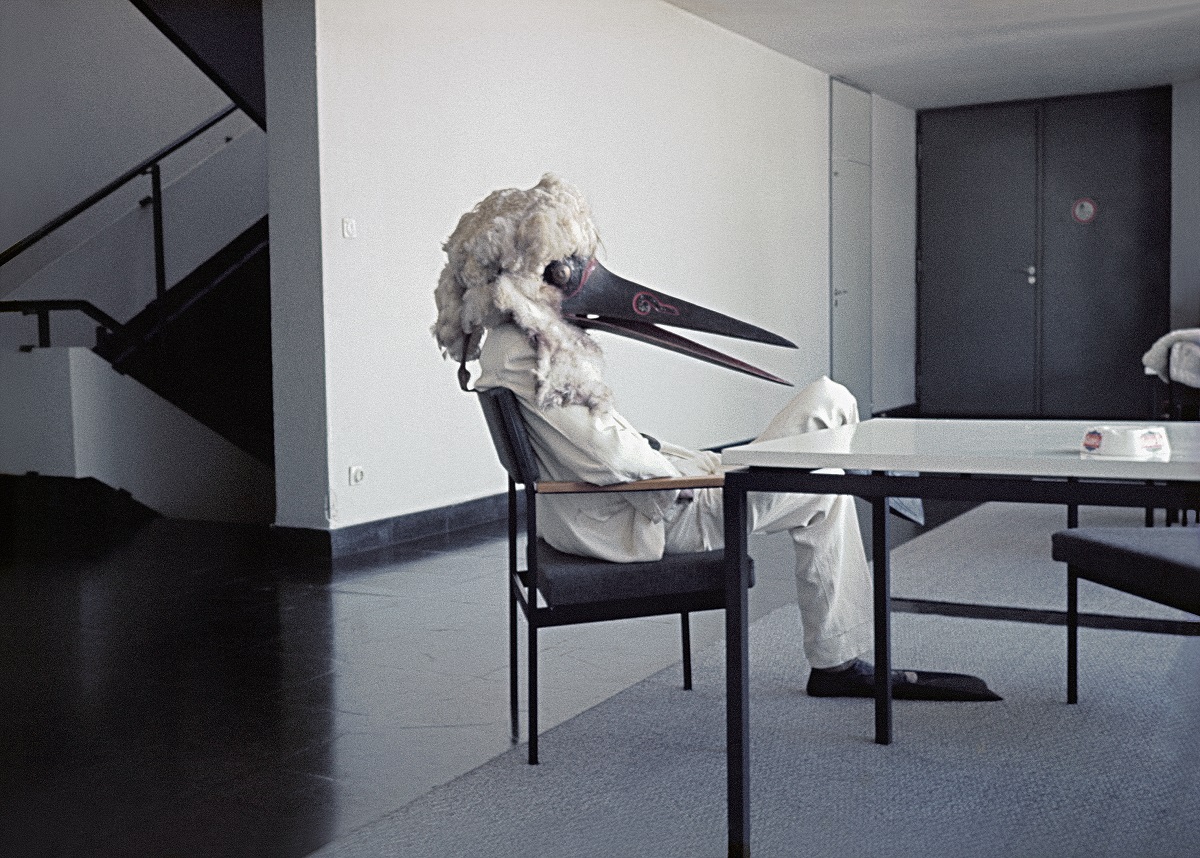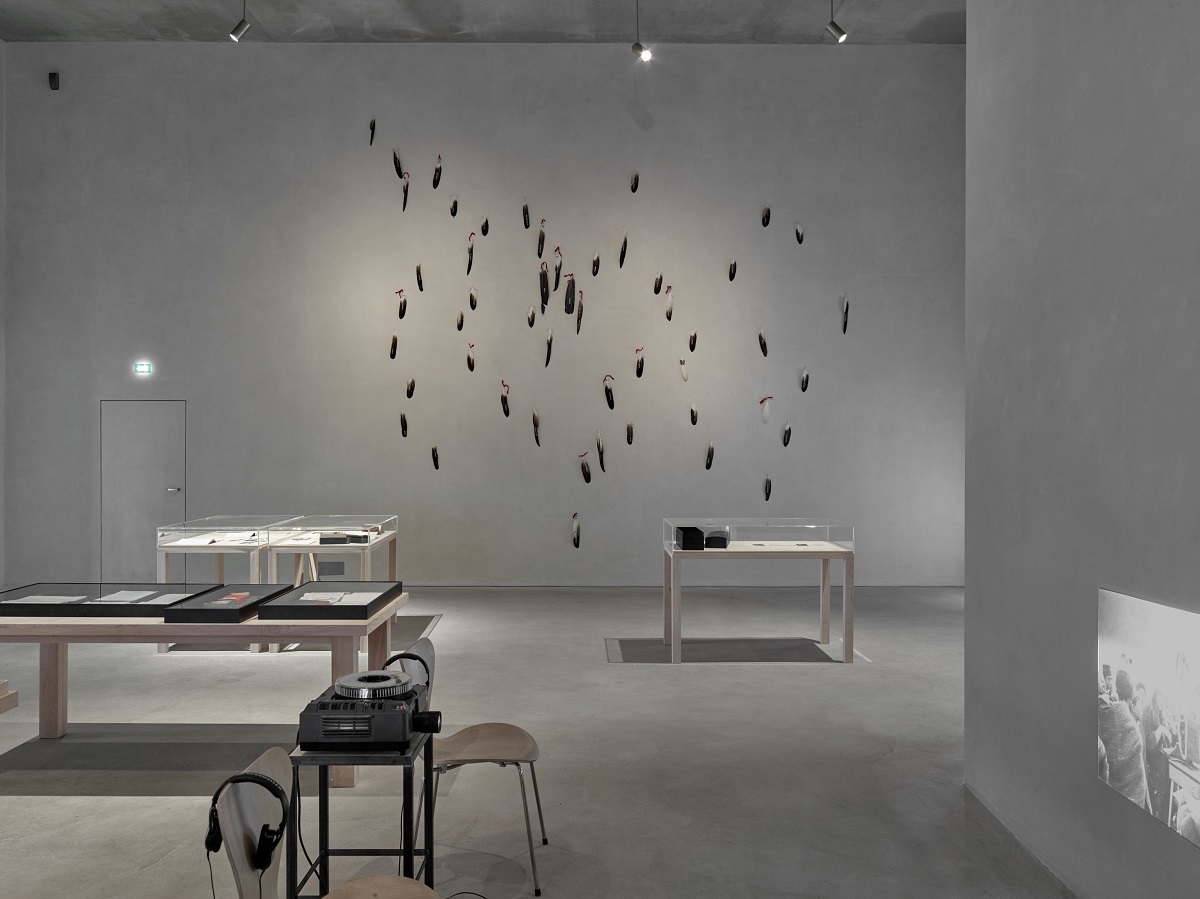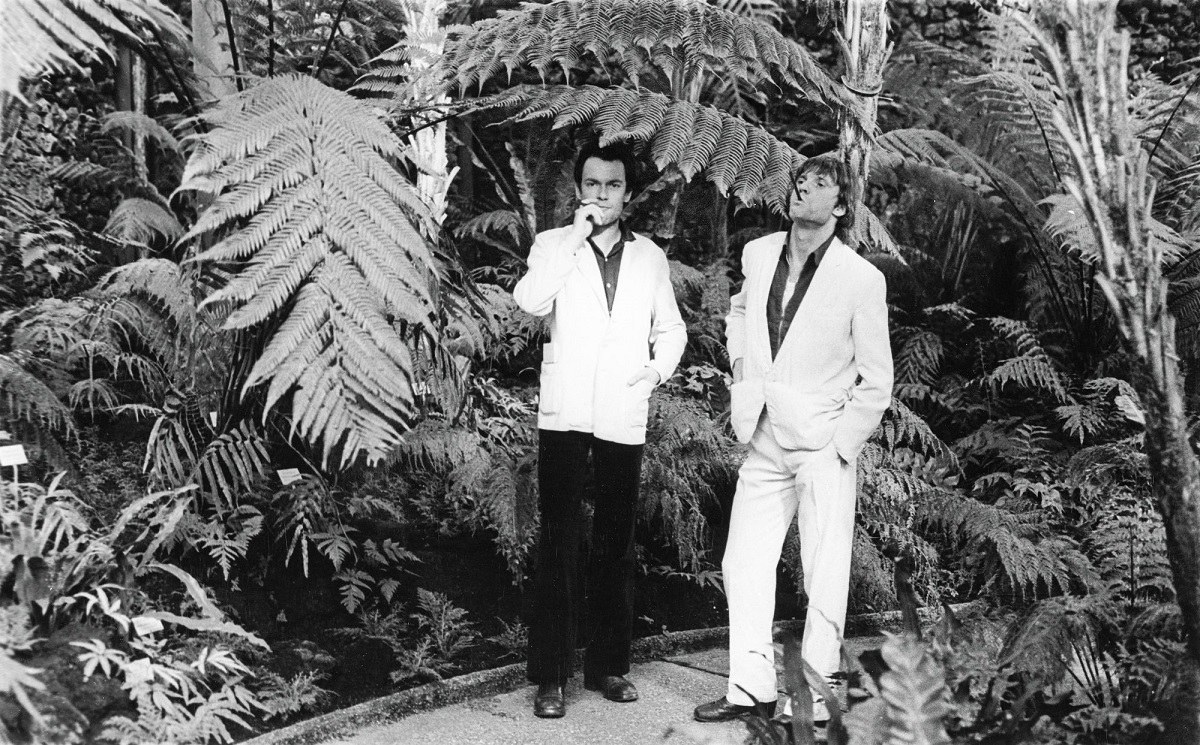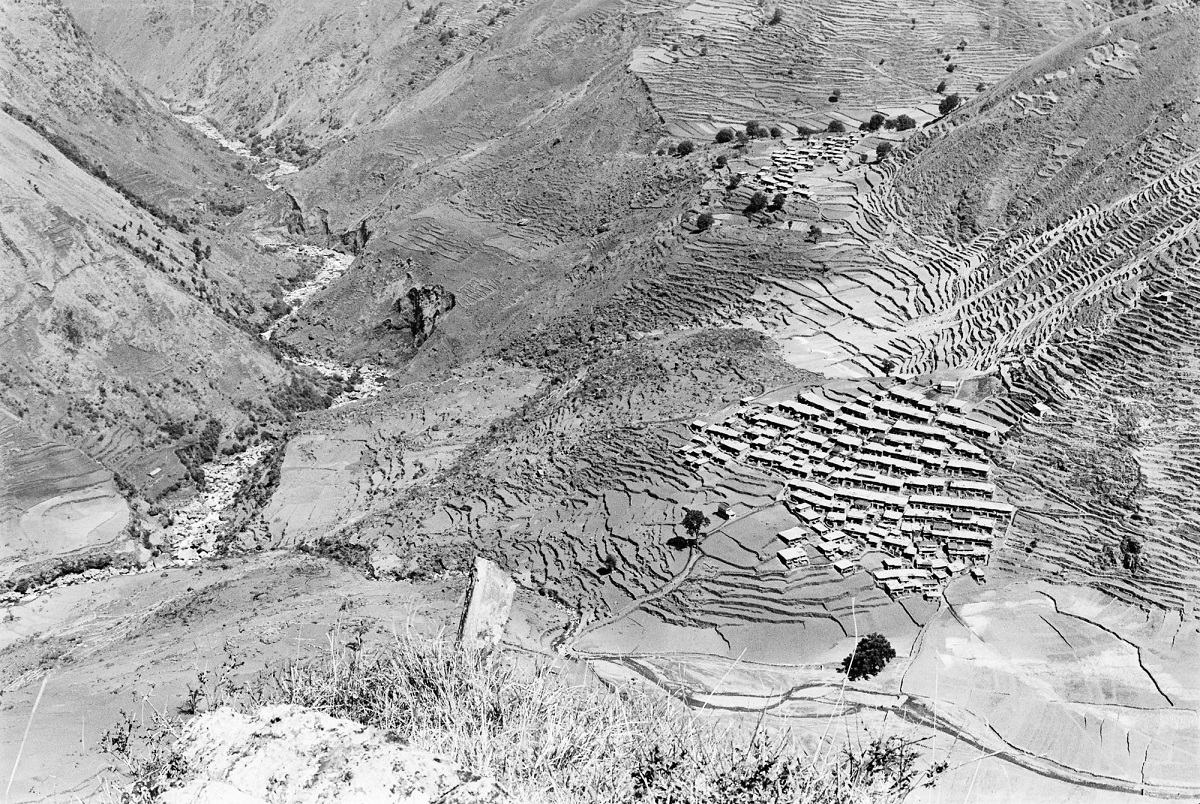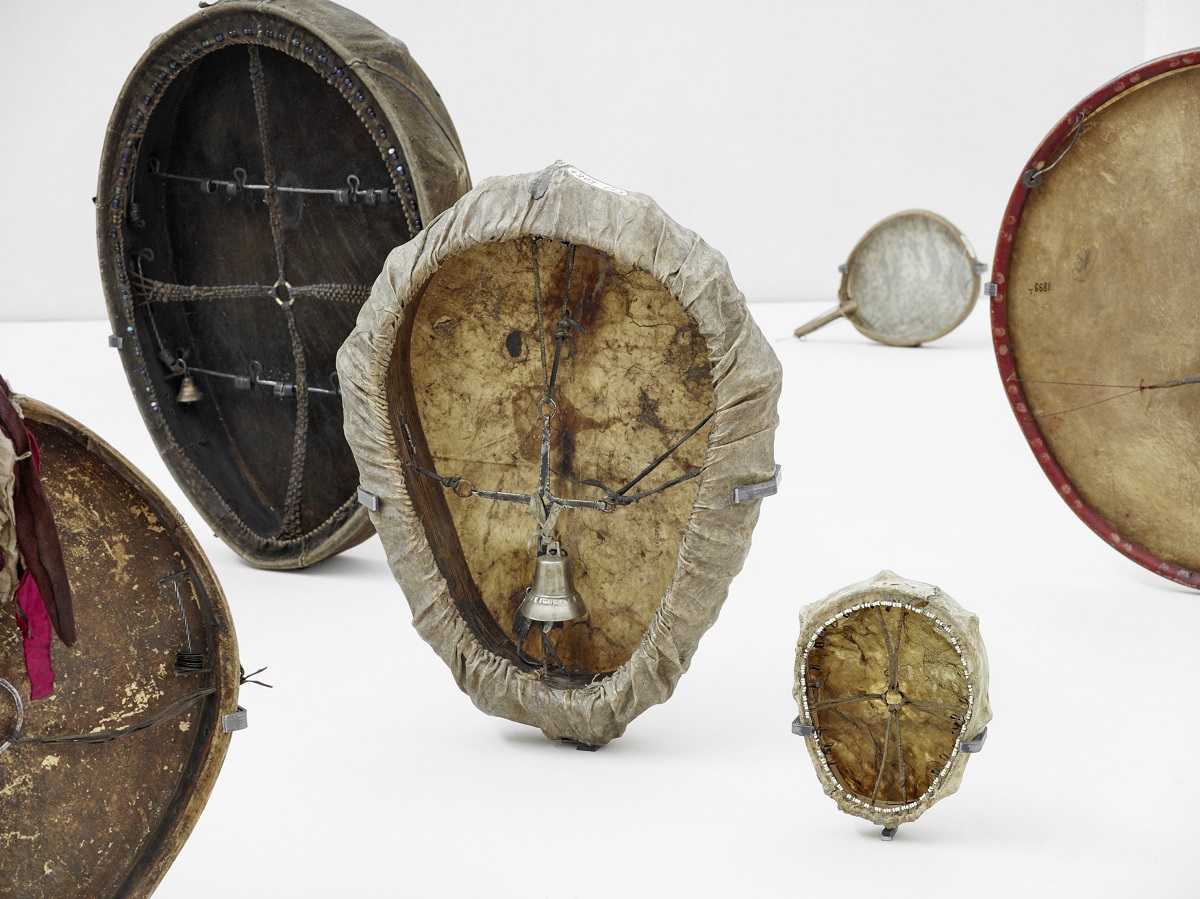Michael Oppitz
The point of departure for all of our exhibitions at Kolumba is our collection. This means that it is not always major works that determine exhibitions, which is very fortunate and gives us the chance to upend the normal systems of evaluation. What at first sight appeared to be no more than an unspectacular artists’ book by Michael Oppitz and Lothar Baumgarten, published in 1974 by Konrad Fischer in Düsseldorf, set the ball rolling for a monographic project that presents the researches of the anthropologist and film maker Michael Oppitz. His works elude any clear categorisation. They are concerned with among other things mythology and oral traditions, with the anthropology of religion and with visual anthropology. He is regarded in his field as a unique and charismatic figure. By and large he has avoided the halls of academe and devoted himself to extensive field research among small ethnic groups in the Himalayas. Right from the outset, his personal contacts with writers and artists, such as Lothar Baumgarten, Joseph Beuys, Marcel Broodthaers, Candida Höfer and Sigmar Polke, provided the fuel for mutual inspiration. Michael Oppitz has also been acclaimed well beyond the boundaries of his discipline, in particular for his film »Schamanen im Blinden Land« [Shamans of the Blind Country], which after its premiere on 15 October 1980 in New York had an impact at the Berlin International Film Festival that can be felt to this day. As a precise description of the highly complex rituals of Himalayan spirit healers, »Schamanen im Blinden Land« convinces by a cineastic beauty that is rarely to be found in ethnographic films. The film interweaves the present with the mythic realities of ritual actions in an artistic way, thus enabling viewers to grasp how deeply our thoughts and actions today are rooted in the universe of origin narratives. – Taking as its starting point this 223 minute film epos, which will be shown in full in a newly restored version, the exhibition will present for the first time a selection of objects and documents that give a deep insight into Michael Oppitz’s researches, his working methods, and the genesis of the film. But it also follows the tracks that lead back to the time prior to making the film, and with that to the Rhineland of the 1970s, and brings together early, in part never shown projects that arose in collaboration with Lothar Baumgarten and through friendly exchanges with Marcel Broodthaers and others.
The exhibition is being mounted in close collaboration with Michael Oppitz. It will be accompanied by a publication and a wide programme of events. Curators: Anja Dreschke & Barbara von Flüe
Michael Oppitz *1942 in Silesia, grew up in Cologne, and now lives in Berlin. He studied anthropology, sociology and sinology at Berkeley, Bonn and Cologne. Since 1965 he has researched in Nepal (Sherpas and Magars), Naxi and Qiang (Yunnan and Sichuan), and has published numerous work on the ethnography of the Himalayas and on visual anthropology. From 1991 to his retirement in 2008 he was full Professor of Ethnology at the University of Zurich and director there of the Ethnographical Museum. His latest publication, "Die Morphologie der Schamanentrommel" (The Morphology of the Shaman Drum, Edition Voldemeer, 2013), presents in two copious volumes the practice and worldview of shamanism from the perspective of one sole object.
